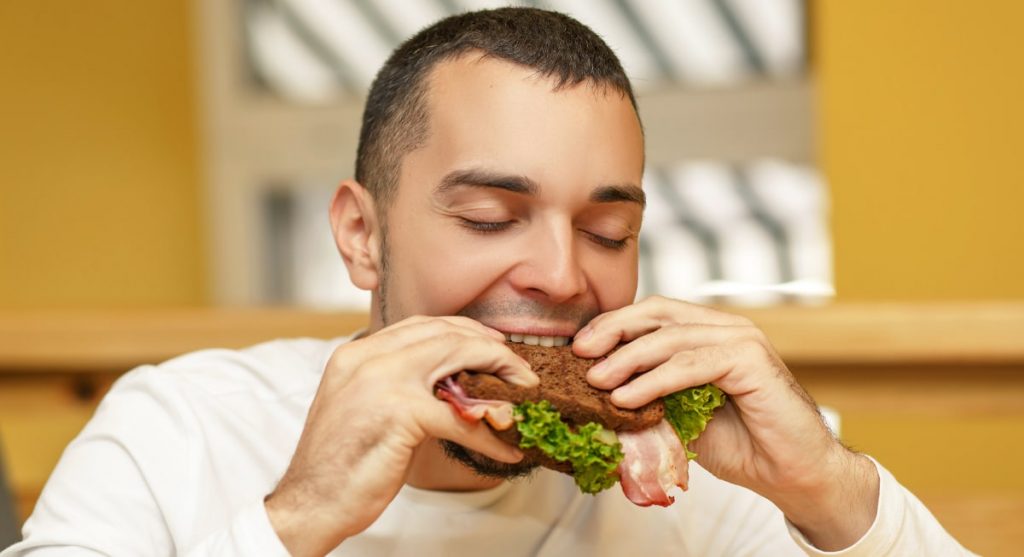As U.S. citizens, we often take our expectations for clean, safe drinking water for granted. However, the safety and quality of drinking water are diminishing across the nation. A staggering number of American cities are now dealing with water systems that deliver water failing to meet federal health standards, with some areas grappling with issues that could seem unthinkable in the 21st century. In our list, the safety and quality of drinking water have come under scrutiny, not just by regulatory bodies but by the very people who live in these fifteen cities. What are their challenges, how are residents responding, and what steps are local governments taking to mitigate these alarming situations?
Flint, Michigan
The Flint water crisis highlighted severe lead contamination from a decision to switch the city’s water source without proper corrosion control treatments. Residents have endured long-term health risks and remain wary despite ongoing recovery efforts. As per the Michigan State Government, over 9,000 lead-tainted pipes have been replaced since 2016, and water quality has returned to an acceptable level. Yet many locals continue to rely on bottled water for drinking.
Newark, New Jersey
In Newark, lead contamination affecting thousands prompted widespread protests and urgent actions. The city launched an aggressive $120 million program to replace lead service lines within 24 to 30 months, as the city’s Department of Water and Sewer Utilities reported. As of early 2023, over 20,000 lead pipes have been replaced, drastically reducing lead levels in the drinking water.
Pittsburgh, Pennsylvania
Pittsburgh has faced significant challenges with lead in its water. According to the Pittsburgh Water and Sewer Authority, lead levels exceeded the EPA’s action threshold in 2016. The city has since committed to replacing at least 7,000 lead lines by 2026, and recent data suggests that lead levels are now below the EPA’s action limit, signaling progress in their remediation efforts.
Baltimore, Maryland
Baltimore’s water issues, including E. coli contamination, have led to multiple boil water advisories. The city’s Department of Public Works has initiated a comprehensive $1.6 billion water system overhaul, focusing on updating aging infrastructure and implementing advanced water treatment technologies to prevent future contamination.
Milwaukee, Wisconsin
Milwaukee’s lead pipe crisis affects an estimated 70,000 residences, primarily in older homes. The city has responded with a plan to replace about 1,000 lead service lines per year, focusing on high-risk areas such as schools and daycare centers, as stated by the Wisconsin Department of Health Services. Despite these efforts, challenges still remain in funding and logistics.
Fresno, California
Fresno deals with arsenic and other agricultural runoff contaminants. The California State Water Resources Control Board reports that some areas of Fresno have arsenic levels that exceed the EPA’s standard by up to three times. Ongoing initiatives include enhancing water filtration systems and securing state funds to improve water infrastructure.
Detroit, Michigan
Detroit’s extensive water system serves nearly 4 million people but needs help with aging infrastructure that risks lead contamination. The Detroit Water and Sewerage Department is undergoing a city-wide effort to replace old lead service lines and improve water treatment facilities, aiming to safeguard against potential health risks.
Washington, D.C.
In Washington, D.C., historical issues with lead contamination have led to significant public health concerns. The District of Columbia Water and Sewer Authority has been actively working on a comprehensive lead replacement program. It has implemented rigorous water quality testing protocols to ensure the water meets national safety standards.
New Orleans, Louisiana
New Orleans faces unique challenges due to its low elevation and frequent water pressure issues, which can lead to contamination. The Sewerage & Water Board of New Orleans has invested in significant infrastructure upgrades to improve resilience and reliability, including emergency power and water system enhancements.
Las Vegas, Nevada
Given its desert location, it should come as no surprise that Las Vegas faces significant challenges in maintaining water quality. The Southern Nevada Water Authority has implemented cutting-edge technology for water treatment and reuse to manage the presence of trace contaminants, striving to sustain water quality in a region marked by scarcity.
Phoenix, Arizona
Phoenix contends with hard water and high levels of calcium and magnesium, besides periodic breaches in contaminant levels. Efforts by the Arizona Department of Environmental Quality include upgrading water treatment plants and enhancing groundwater management strategies to cope with the city’s expanding population and environmental challenges.
Los Angeles, California
The residents of Los Angeles grapple with several industrial pollutants in their water, including chromium-6. The Los Angeles Department of Water and Power is investing in state-of-the-art water treatment facilities and pollution control to reduce the impact of industrial contaminants on the city’s water supply.
St. Joseph, Louisiana
St. Joseph’s water system has suffered from discolored water and high iron content, leading to state intervention. The Louisiana Department of Health has spearheaded a complete overhaul of the water system, investing millions to replace the entire water infrastructure to ensure compliance with federal standards.
Bakersfield, California
Bakersfield’s water is twice as deadly: it contains both naturally occurring elements like arsenic and human-made contaminants like pesticides. The California Water Boards monitor these levels closely, with ongoing initiatives to improve water filtration and reduce dependency on contaminated groundwater sources.
Cleveland, Ohio
For years, Cleveland has been tackling pollution in Lake Erie, its primary water source, through enhanced treatment processes and strict monitoring. The Cleveland Water Department has focused on protecting the lake from industrial pollutants and runoff for its nearly 1.4 million consumers. However, the ongoing challenge of lake pollution, thanks to industrial waste, necessitates continuous monitoring and treatment improvements.



